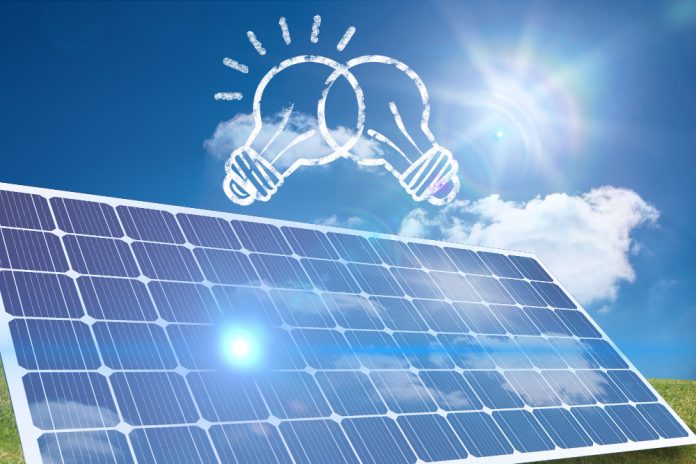Did you know that 55% of the world’s new renewable energy is now solar?
Solar energy is a fantastic method to minimize your carbon footprint while also saving money on your electricity bill, but what happens when the sun sets? You can’t just let all that solar power go to waste!
Well, don’t worry. Using a solar battery storage system, you can store excess energy from your solar panels during the day and use them at night or during peak demand.
Keep reading to learn how to store energy from solar panels starting today!
Table of Contents
What Are the Benefits of Storing Solar Energy?
There are many benefits to storing solar energy. It’s essential to increase the performance of your solar panel system and can save you more, make you more energy-efficient, and reduce fossil fuel emissions. Let’s look at the main benefits in more detail:
Increased Self-Sufficiency: When you have a storage system in place, you can rely less on the grid and be more self-sufficient.
Backup Power: If there’s ever an outage, you’ll still have power, thanks to your stored solar energy.
Lower Energy Bills: By using stored solar energy instead of grid energy, you can save money on your monthly bill.
Sustainability: Solar energy is a renewable resource, so by using it, you’re doing your part to help the environment.
Now that you know the benefits of storing solar energy let’s take a look at how solar technology works.
How Does Solar Energy Storage Work?
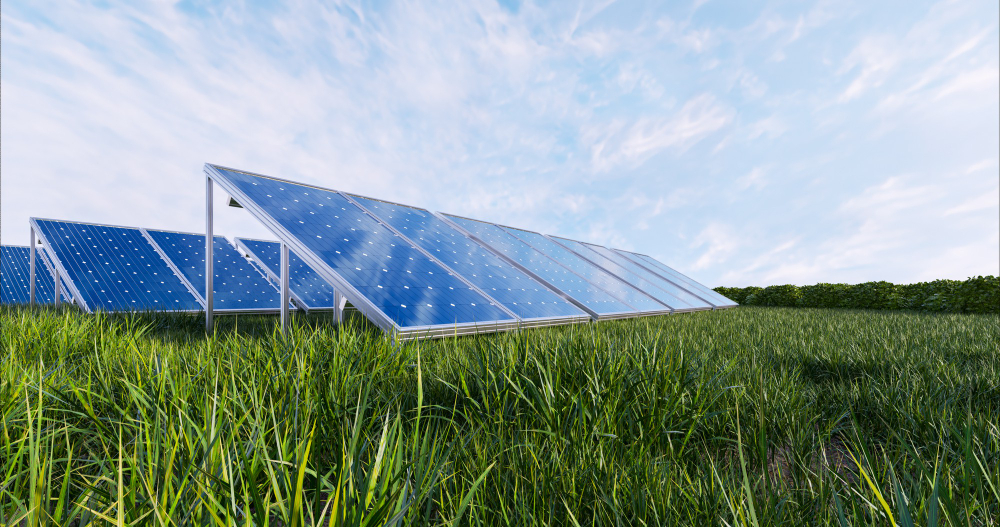
Solar energy storage systems work by collecting energy from the sun and storing it in batteries. You can then use this stored energy to power your home or business when needed. The most common type of solar battery is a lead-acid battery, but there are also lithium-ion batteries available on the market.
When choosing a solar battery, you’ll need to consider factors such as capacity, depth of discharge, round-trip efficiency, and warranty.
Battery Capacity
A solar battery’s capacity is measured in kilowatt-hours (kWh). It dictates how much energy the battery can store at one time. For example, a 10 kWh battery can store enough energy to power a home for one hour during a power outage.
Depth of Discharge
The depth of discharge (DoD) refers to how much energy may be extracted from a battery before it needs to be recharged. A higher DoD means that more energy can be used before the battery needs to be recharged, which is ideal for backup power situations.
Round-Trip Efficiency
The round-trip efficiency is the percentage of stored energy that can be retrieved from the battery. For example, if a battery has a round-trip efficiency of 80%, then for every 100 watts of energy stored, you can only get 80 watts back out.
Warranty
When choosing a solar battery, it’s important to consider the warranty. This will protect you in case the battery doesn’t perform as expected. Some manufacturers offer up to 10-year warranties on their products.
Now that you know what to look for in a solar battery let’s take a look at how to install one.
How to Install a Solar Battery
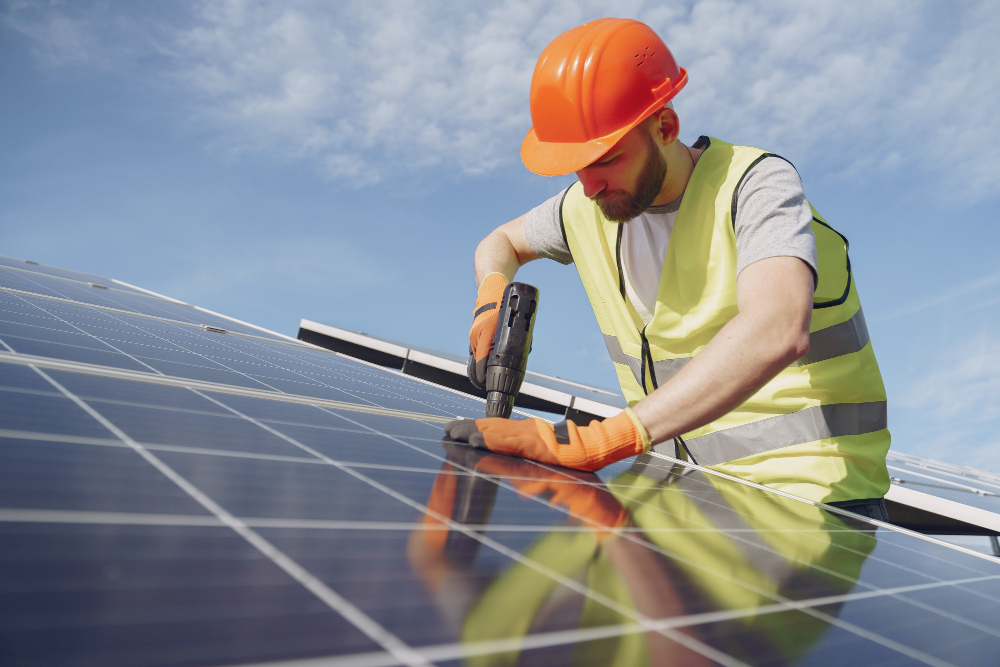
Installing a solar battery is a fairly simple process. First, you’ll need to determine the size of the battery you need and select the appropriate model. Next, you’ll need to connect the battery to your solar panel system.
The procedure will differ depending on the sort of system you have, so review your owner’s manual or seek assistance from an expert. Once the battery is connected, it will start collecting energy from the sun and storing it for later use.
What Is Thermal Storage?
Thermal storage is a type of energy storage that uses heat to store energy. It’s often used in conjunction with solar power systems.
Solar thermal collectors collect heat from the sun and use it to heat water or another fluid. This heated fluid is then stored in a tank until it’s needed.
When the fluid is needed, it’s circulated through a heat exchanger to transfer the heat to your home or business.
How Does Thermal Storage Work?
Thermal storage works by collecting heat from the sun and storing it in a fluid. This fluid can be used to heat your home or business when needed. The most common type of thermal storage is a water heater.
Water heaters are designed to collect heat from the sun and store it in water. This stored heat can then be used to heat your home or business when needed.
Water heaters are divided into two categories: active and passive. A pump pumps the fluid through the system in active water heaters. Passive water heaters don’t have a pump and rely on convection to circulate the fluid.
Thermal storage is a great way to store solar energy for later use. It’s efficient and can help you save money on your energy bill. If you’re considering solar power for your home or business, be sure to consider thermal storage as well.
What Are the Benefits of Thermal Storage?
Thermal storage has several benefits. It’s efficient, can help you save money on your energy bill, and can provide backup power in case of an outage. Thermal storage is also environmentally friendly and can help you reduce your carbon footprint.
What Are the Drawbacks of Thermal Storage?
There are a few drawbacks to thermal storage. First, it requires a heat source, such as the sun, to work. Second, the system can be expensive to install. Finally, the stored heat can be lost over time if it’s not used.
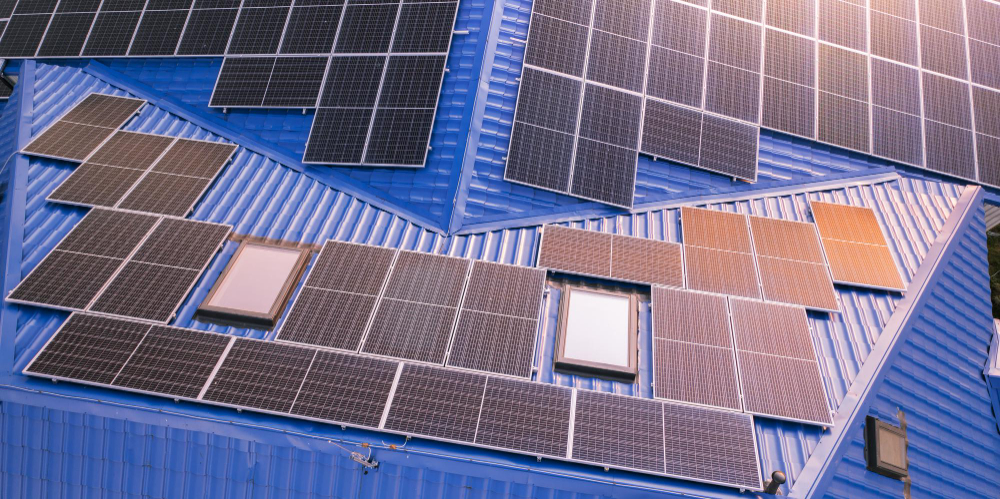
What Is Mechanical Storage?
Mechanical storage is a type of energy storage that uses mechanical means to store energy. The most common type of mechanical storage is a flywheel. A flywheel is a rotating disk that stores energy in the form of kinetic energy.
When the flywheel is spinning, it can store energy. When the flywheel is stopped, it can release stored energy.
How Does Mechanical Storage Work?
Mechanical storage works by storing energy in the form of kinetic energy. Kinetic energy is the energy of motion.
When an object is moving, it has kinetic energy. Flywheels are designed to store this kinetic energy and release it when needed.
Flywheels are often used in conjunction with other forms of renewable energy, such as solar and wind. When the sun is shining, or the wind is blowing, the flywheel can store energy. When the sun isn’t shining, or the wind isn’t blowing, the flywheel can release the stored energy.
What Are the Benefits of Mechanical Storage?
Mechanical storage has several benefits. First, it’s very efficient. The energy stored in a flywheel will release quickly and easily. Second, it’s very reliable. Flywheels don’t rely on on the sun or wind to function, so they can provide a consistent source of energy.
Third, they’re relatively low maintenance. Once a flywheel is installed, it requires little upkeep.
What Are the Drawbacks of Mechanical Storage?
There are a few drawbacks to mechanical storage. First, flywheels are expensive. They can cost thousands of dollars to install. Second, they’re not very common.
There are only a few companies that manufacture flywheels. Third, they’re not well suited for large-scale energy storage. Flywheels are best suited for small-scale applications.
If you’re considering renewable energy for your home or business, be sure to consider mechanical storage. It’s efficient, reliable, and low maintenance.
However, it’s important to keep in mind that flywheels are expensive and not well suited for large-scale energy storage.
What Is the Best Way to Store Solar Energy?
You can store solar energy in several ways. The best way to store solar energy depends on your needs and preferences.
If you’re looking for a reliable and low-maintenance storage option, consider thermal or mechanical storage. If you’re looking for a more affordable option, consider chemical storage.
No matter what type of storage you choose, be sure to consider your needs and preferences. Solar energy is a great way to save money and power your home or business. But it’s important to choose the right storage option for your needs. With so many options available, you’re sure to find the perfect one for you.
Where to Get Solar Panels?
You can get solar panels with Blue Raven Solar. They offer a variety of solar panels, from monocrystalline to polycrystalline. We also offer solar panel kits, so you can get everything you need to start generating solar power.
How Much Do Solar Panels Cost?
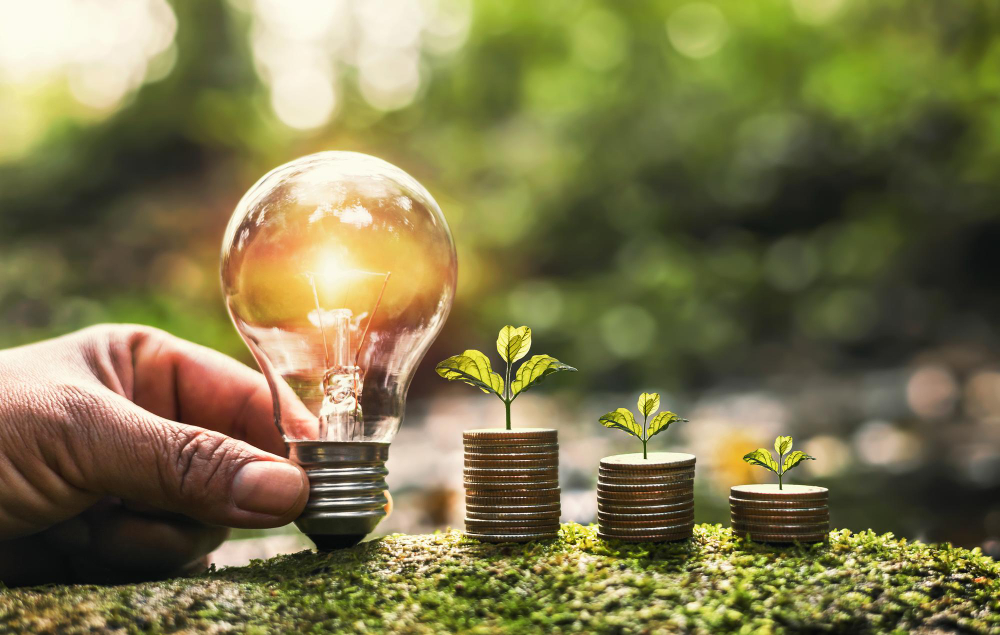
Solar panels typically cost between $2-$3 per watt. The price of a solar panel depends on the type of panel, the size, and the efficiency.
What Are the Different Types of Solar Panels?
When it comes to solar panels, there are three main types to choose from monocrystalline, polycrystalline, and thin film. They make monocrystalline solar panels from a single crystal of silicon, while they make polycrystalline solar panels from multiple crystals of silicon.
They make thin-film solar panels, on the other hand, from a thin film of material, such as cadmium telluride or amorphous silicon. Each type of solar panel has its advantages and disadvantages. Monocrystalline solar panels are the most efficient, but they are also the most expensive.
Polycrystalline solar panels are less efficient than monocrystalline panels, but they are also less expensive. Thin-film solar panels are the least efficient type of solar panel, but they are also the least expensive. Ultimately, the type of solar panel you choose will depend on your budget and your needs.
What Is the Efficiency of Solar Panels?
Solar panels work by converting sunlight into electrical energy. However, the majority of solar panels only have an efficiency of 10-20%. This means that for every 100 watts of sunlight that hits the panel, they only convert 10-20 watts into usable electricity.
There are several ways to improve solar panel efficiency, including using new materials and improving the design of the panel. However, the most effective way to increase efficiency is simply increasing the amount of sunlight that hits the panel.
You can do this by installing the panel in a sunny location or by using a tracking system to ensure that the panel is always facing the sun. With continued research and development, solar panel efficiency will likely continue to improve in the coming years.
How Much Solar Power Do I Need?
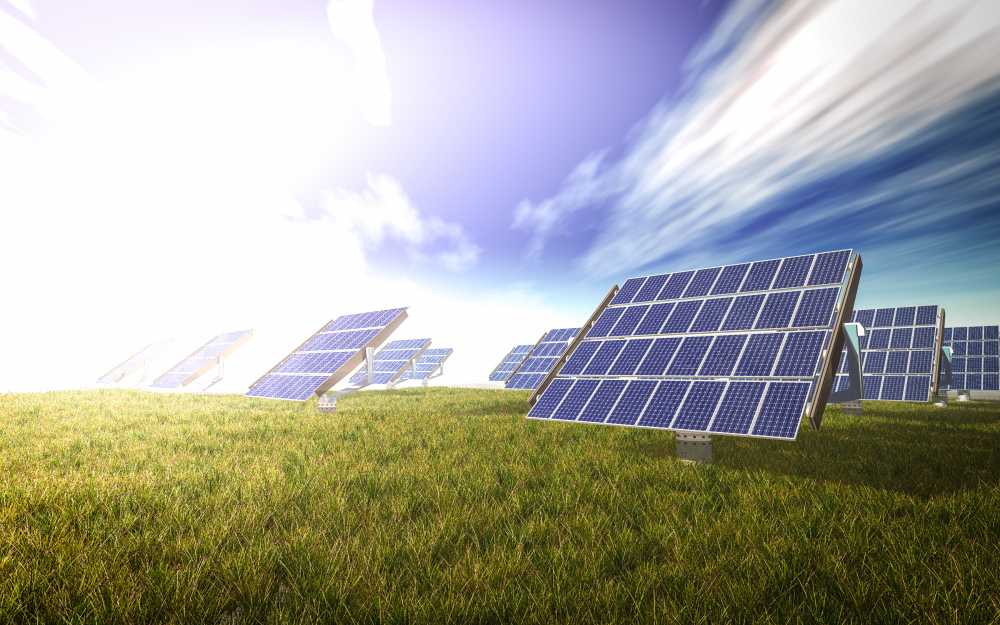
The amount of solar power you need depends on your electricity usage. To find out how much solar power you need, start by calculating your electricity usage.
Then, determine how much of that usage you want to offset with solar power. Finally, divide your electricity usage by solar panel efficiency to find out how many solar panels you’ll need.
For example, let’s say you use 1,000 kilowatt-hours of electricity per month. You want to offset 50% of that usage with solar power. 1,000 kilowatt-hours divided by 0.10 (10% efficiency) equals 10,000 watts. So, you’ll need 10 kilowatts of solar panels to offset 50% of your electricity usage.
How Do Solar Panels Work?
Solar panels work by absorbing sunlight and converting it into electrical energy. The solar panel consists of a series of individual silicon cells. When sunlight hits the cell, it causes an electrical reaction.
This reaction generates electricity, which is then sent to an inverter. The inverter converts the DC into an AC, which can be used to power your home or business.
How to Store Energy From Solar Panels
Now you know how to store energy from solar panels. Are you passionate about solar power, or are you just starting to learn about it? We hope this article has given you a good overview of how energy storage works.
We have more articles like this on our blog, so be sure to check them out for more in-depth information. And if you know anyone who is looking to get solar panels or wants to learn how to store energy from their solar panels, please share this article with them!
